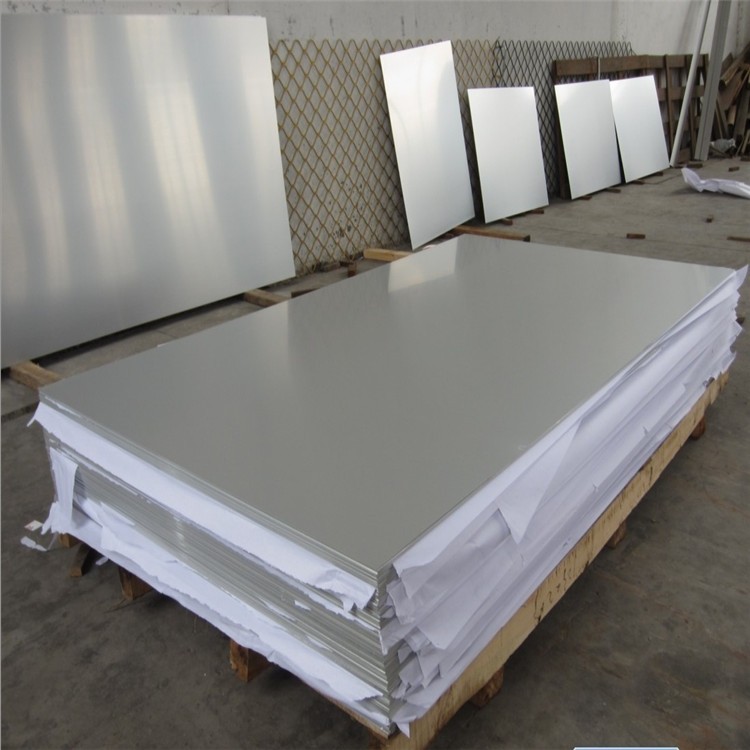Introduction
5052 aluminum sheet and 6061 aluminum sheet are two common types of aluminum alloys, each with distinct differences in chemical composition, mechanical properties, and applications. This article will outline the differences between 5052 aluminum sheet and 6061 aluminum sheet, as well as their applications in various fields.

Difference in Chemical Composition
5052 Aluminum Sheet: 5052 aluminum sheet belongs to the 5xxx series aluminum alloys, with magnesium (Mg) and aluminum (Al) as its primary alloying elements, along with small amounts of copper (Cu) and manganese (Mn). This alloy exhibits excellent corrosion resistance and good weldability.
6061 Aluminum Sheet: 6061 aluminum sheet belongs to the 6xxx series aluminum alloys, with magnesium (Mg), silicon (Si), and aluminum (Al) as its main alloying elements, along with lesser amounts of copper (Cu) and zinc (Zn). This alloy demonstrates excellent mechanical properties and heat-treatability.
Difference in Mechanical Properties
5052 Aluminum Sheet: 5052 aluminum sheet has relatively high strength and excellent formability, making it suitable for cold forming and deep drawing processes. However, its strength is relatively lower compared to alloys designed for high-strength applications.
6061 Aluminum Sheet: 6061 aluminum sheet possesses high strength and excellent hardness, and it can achieve even higher strength levels through heat treatment. It is suitable for manufacturing various structural components, including aircraft parts, automotive parts, and marine components.
Difference in Applications
5052 Aluminum Sheet: Due to its good corrosion resistance and formability, 5052 aluminum sheet is widely used in the manufacturing of ship hulls, automotive body panels, aircraft fuselage, tanks, and other applications requiring corrosion resistance and formability.
6061 Aluminum Sheet: With its superior mechanical properties and heat-treatability, 6061 aluminum sheet finds applications in aerospace, automotive, bicycle, motorcycle, and other industries. It is used to manufacture structural components, body parts, wheels, and other components requiring high strength and durability.

Conclusion
5052 aluminum sheet and 6061 aluminum sheet exhibit distinct differences in chemical composition, mechanical properties, and applications. The choice between these aluminum sheets depends on specific application requirements and demands. As research and development of aluminum alloy materials continue, both alloys will play important roles in their respective fields, contributing to the advancement of various industries.


